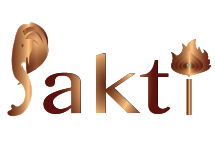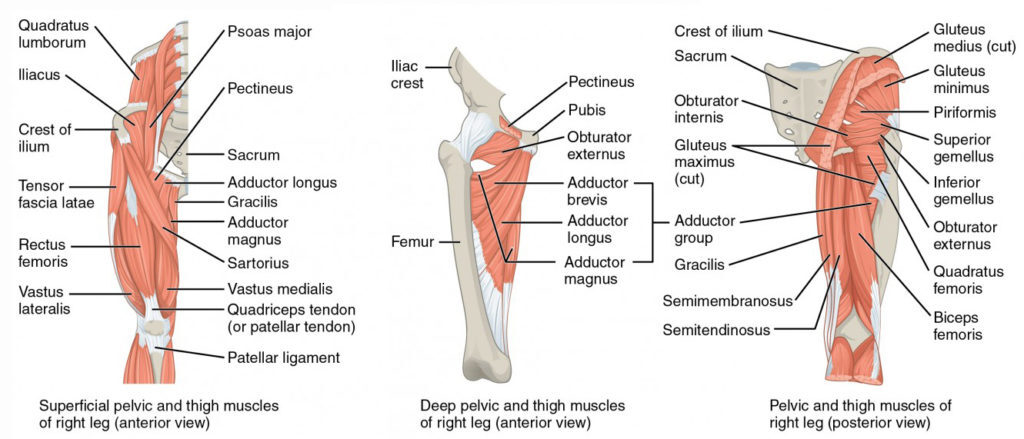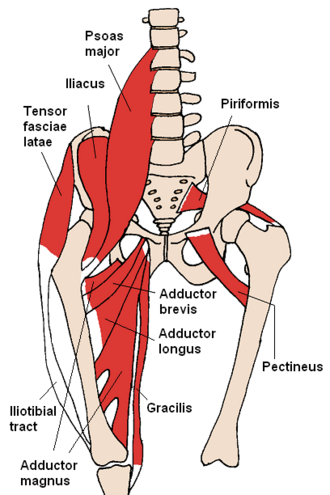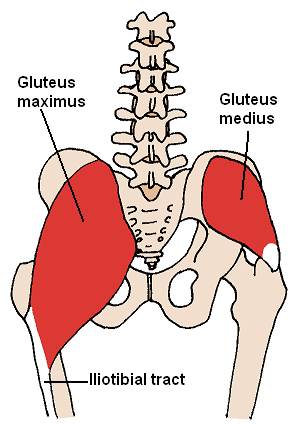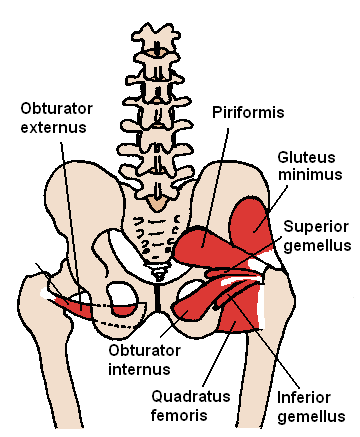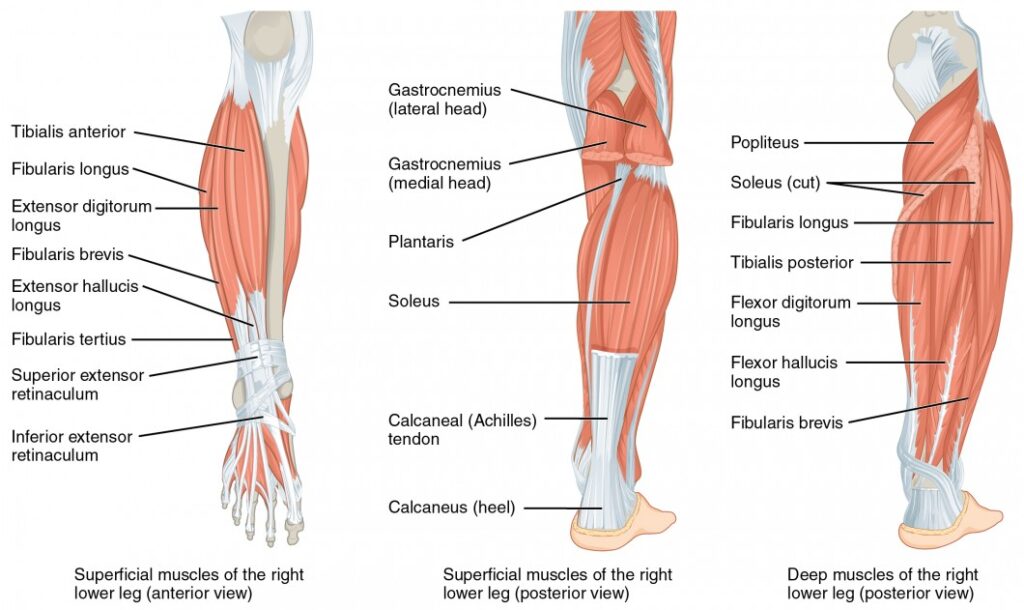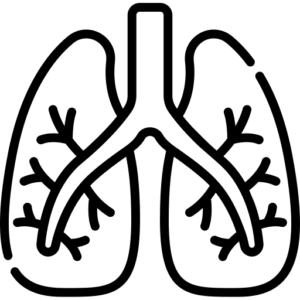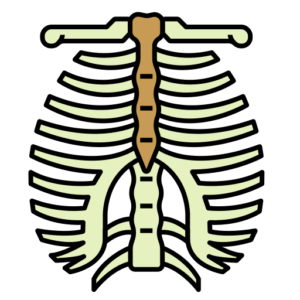Understanding Asana and its importance
Vriksha + asana = Tree Posture
Vrikshasana is a standing yoga posture in which the arms are raised overhead in namaskara mudra or the hands are in front of the chest. A posture in which a tree is depicted both physically and mentally.
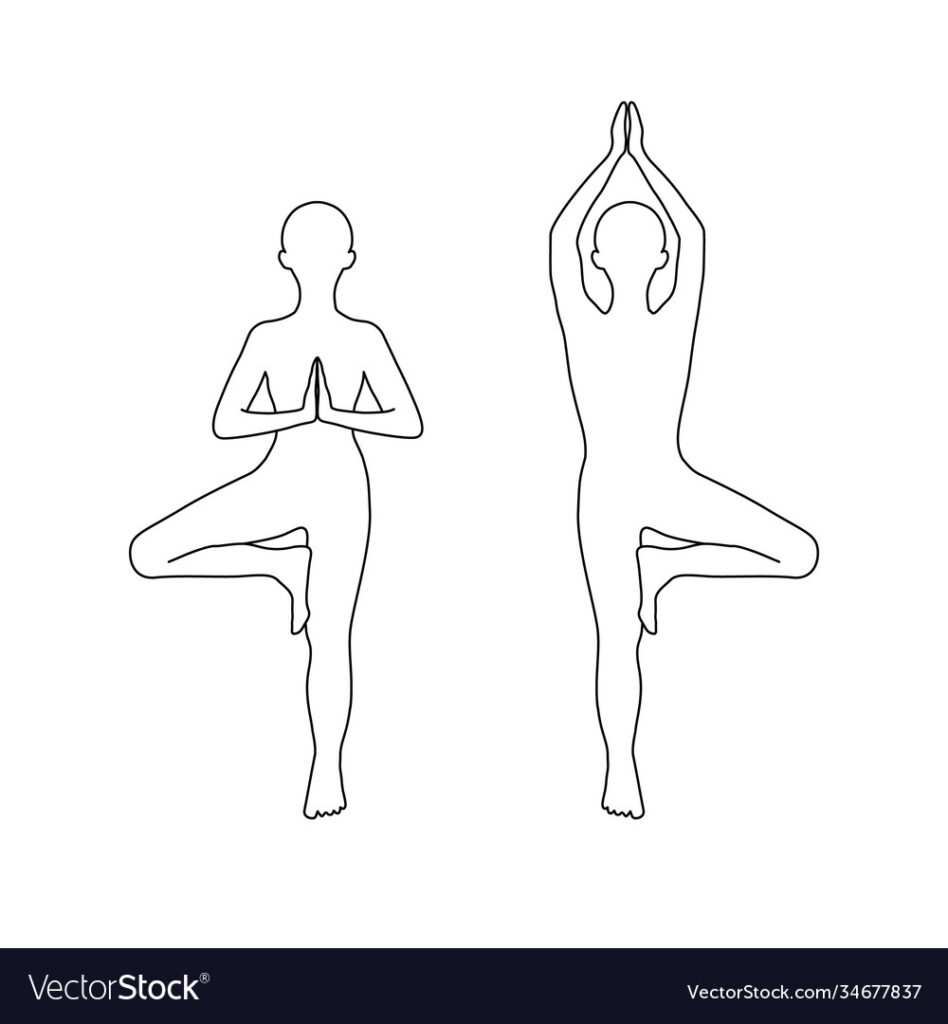
Benefits
- Leg-strengthening posture
- Balancing Posture
- It helps improve concentration.
- It makes the legs strong, improves balance, and opens the hips.
Caution
- Improper posture: attempting the asana without stable and firm leg on the ground can topple you.
